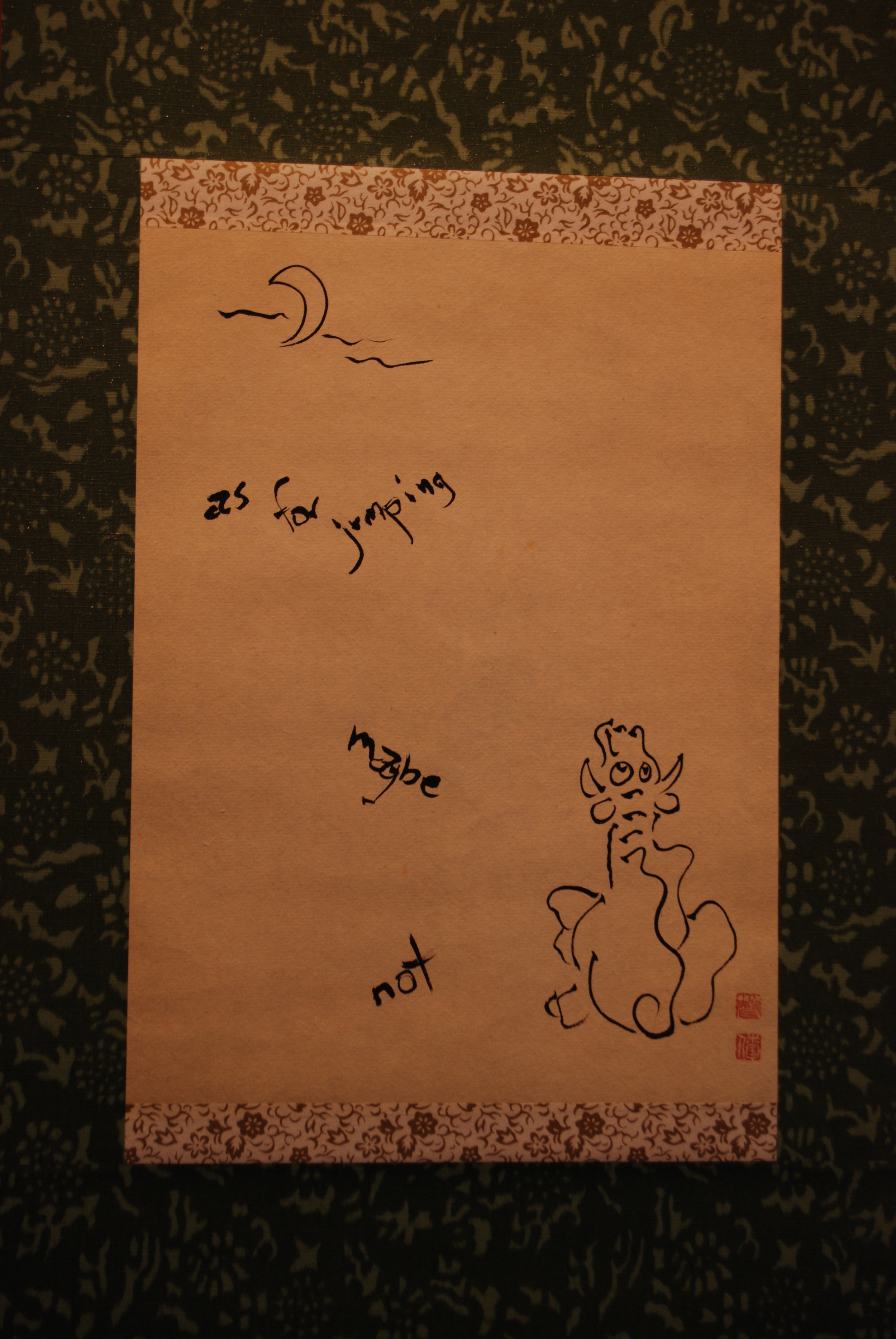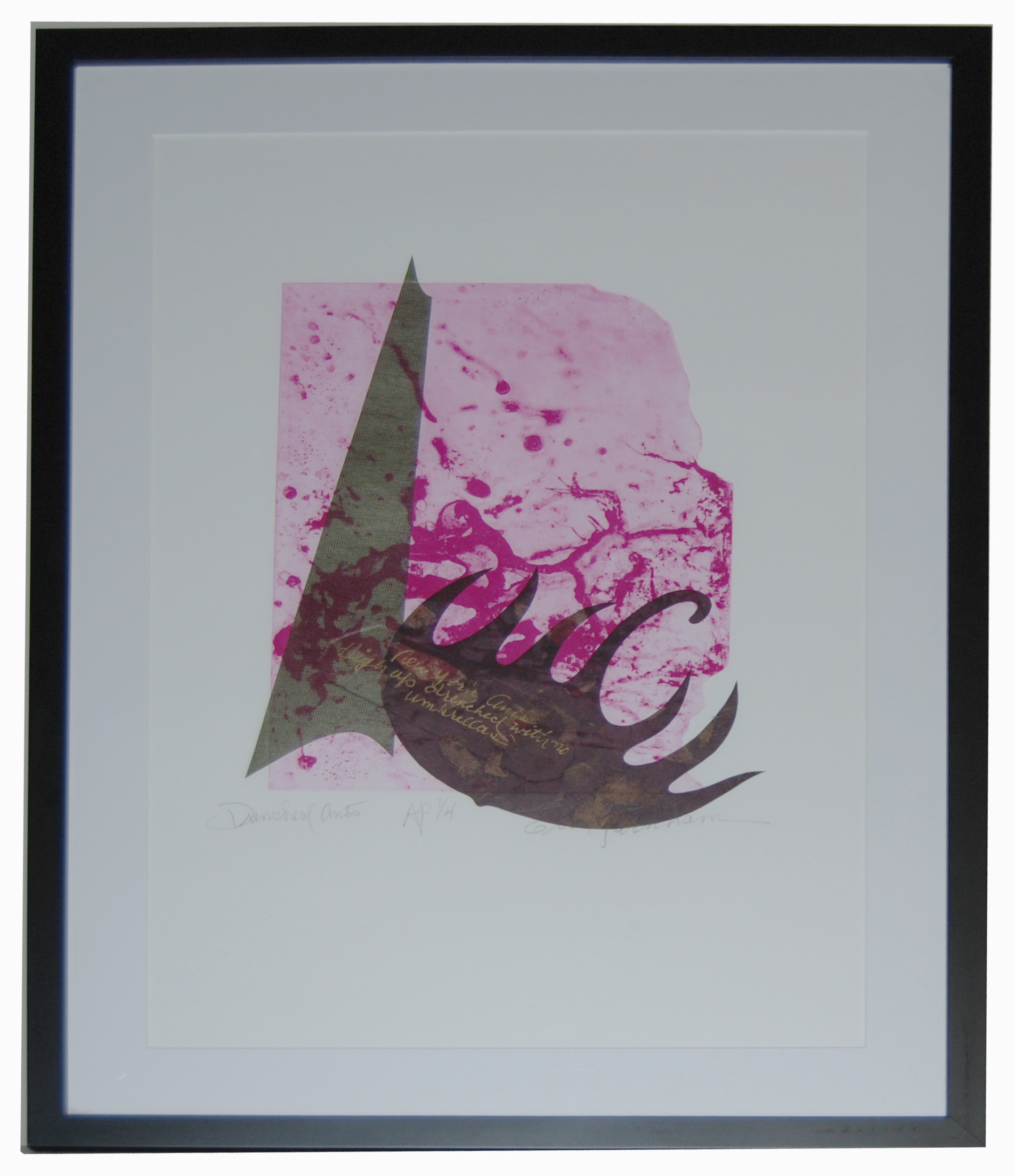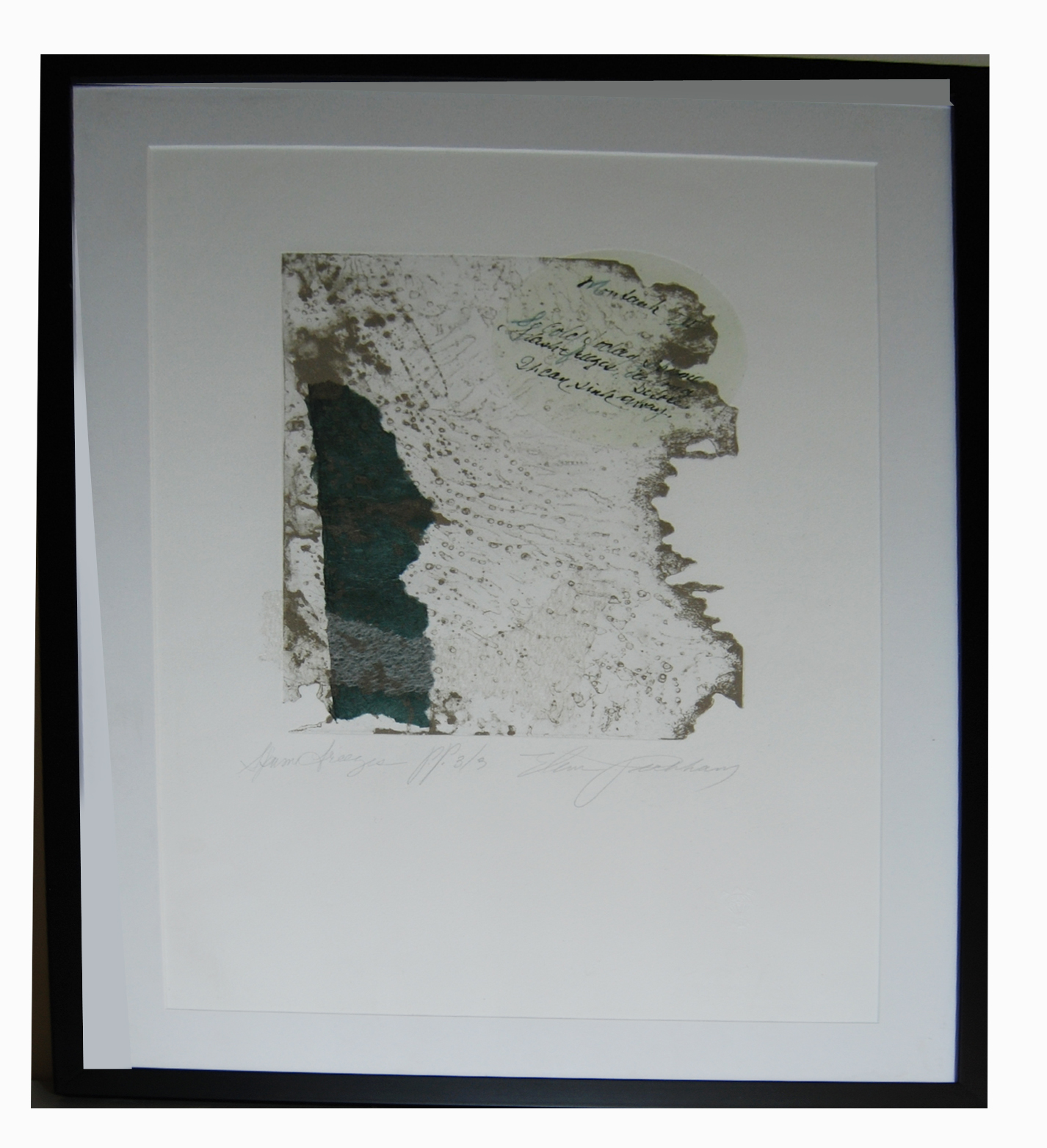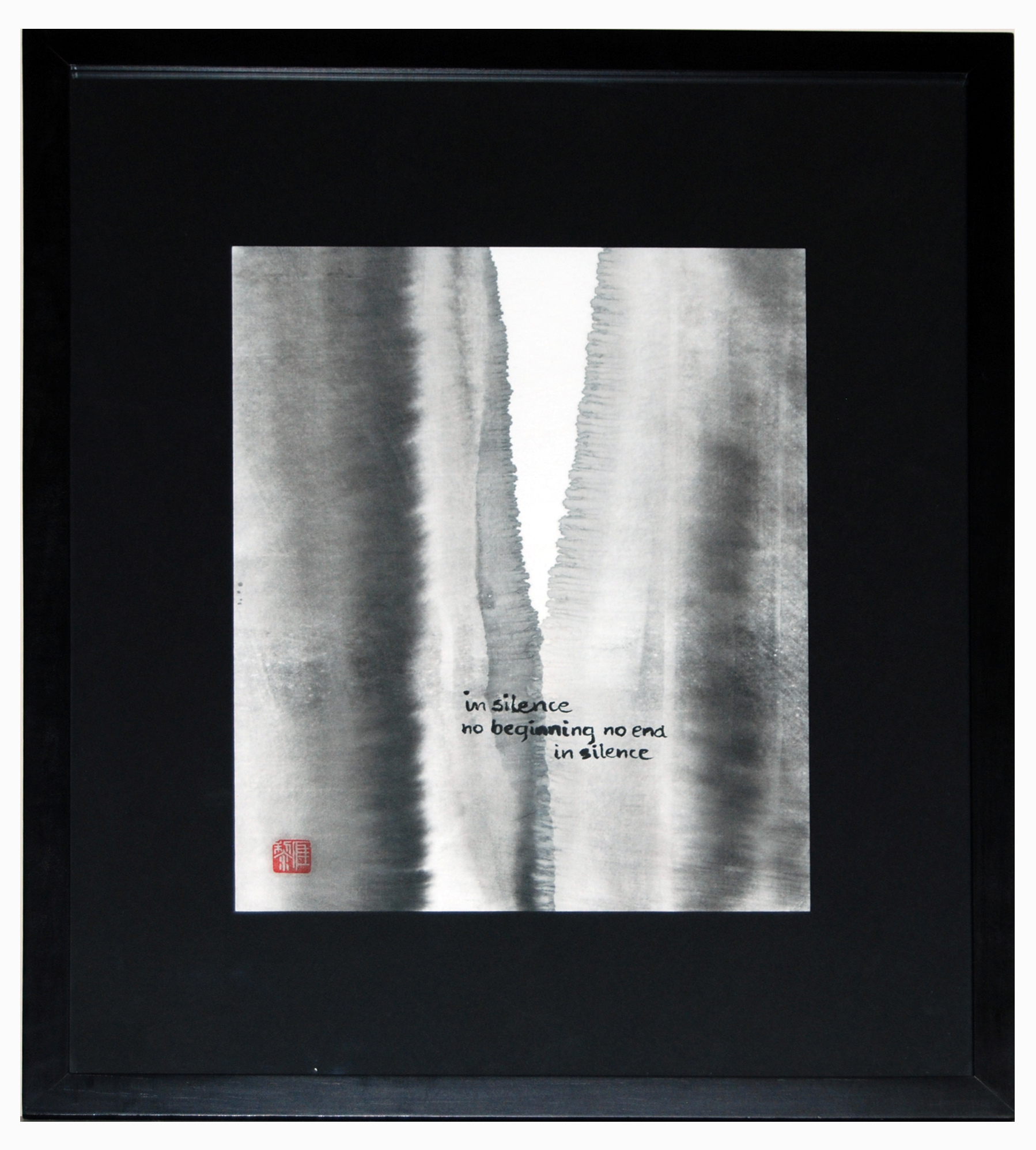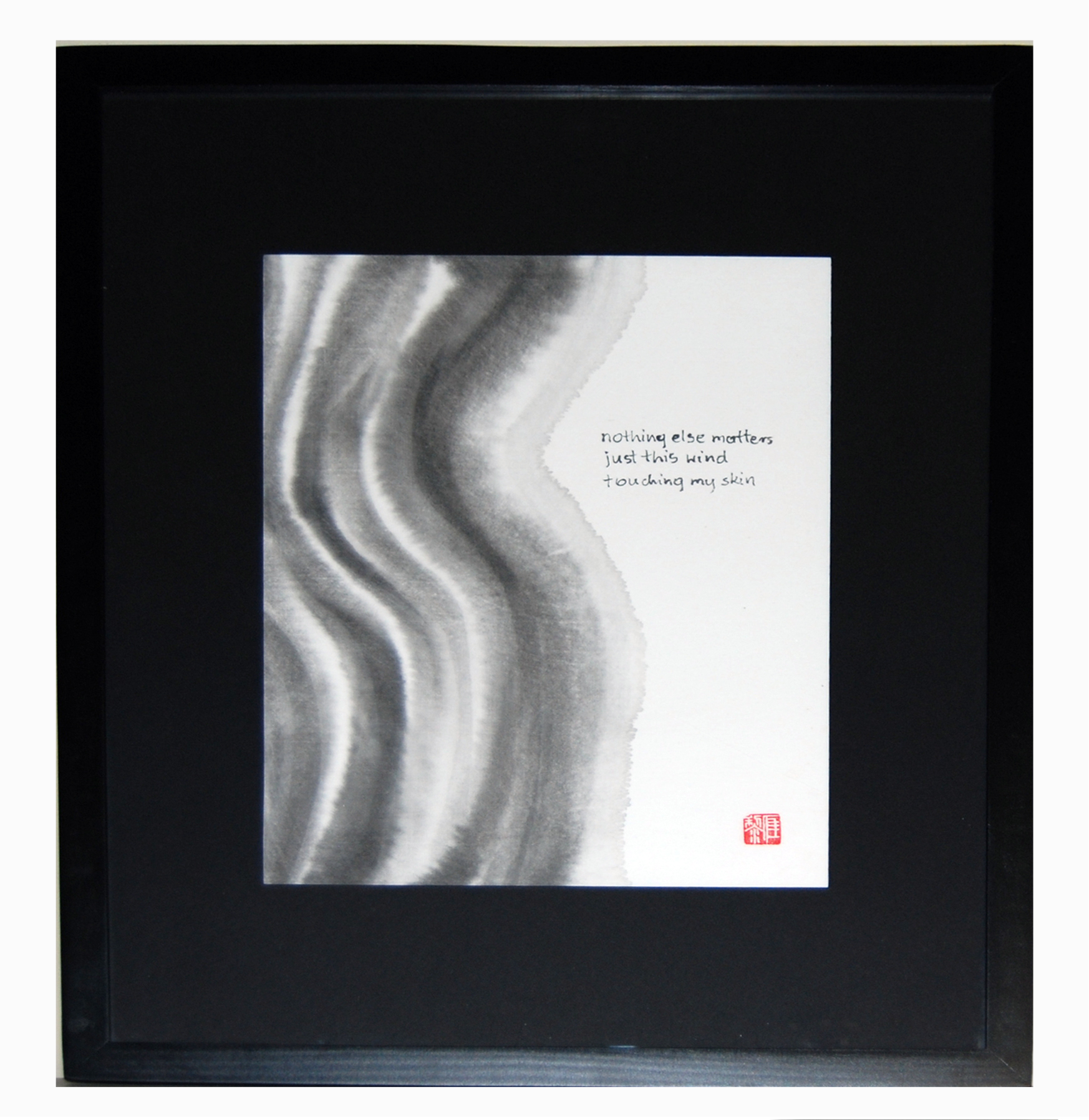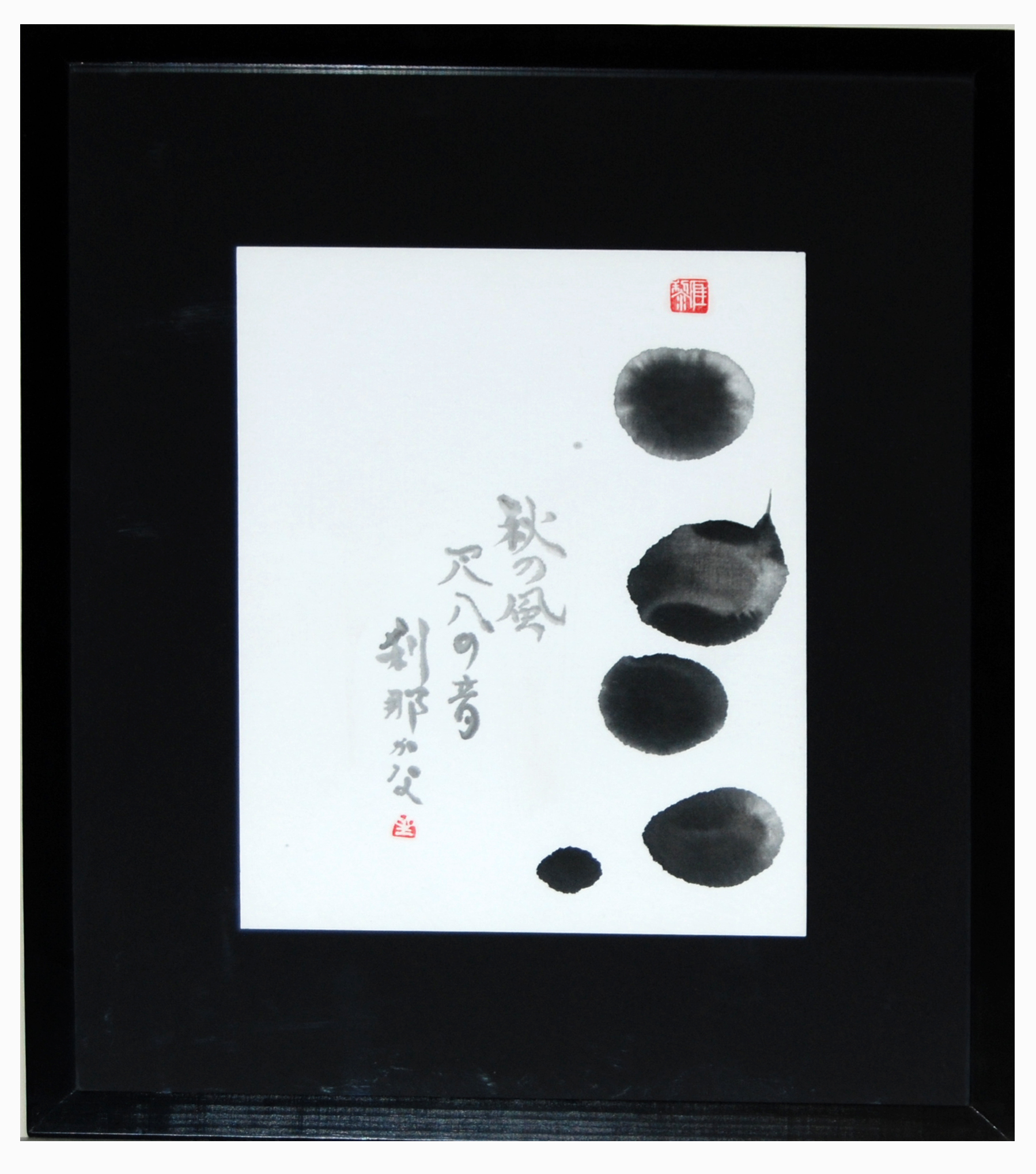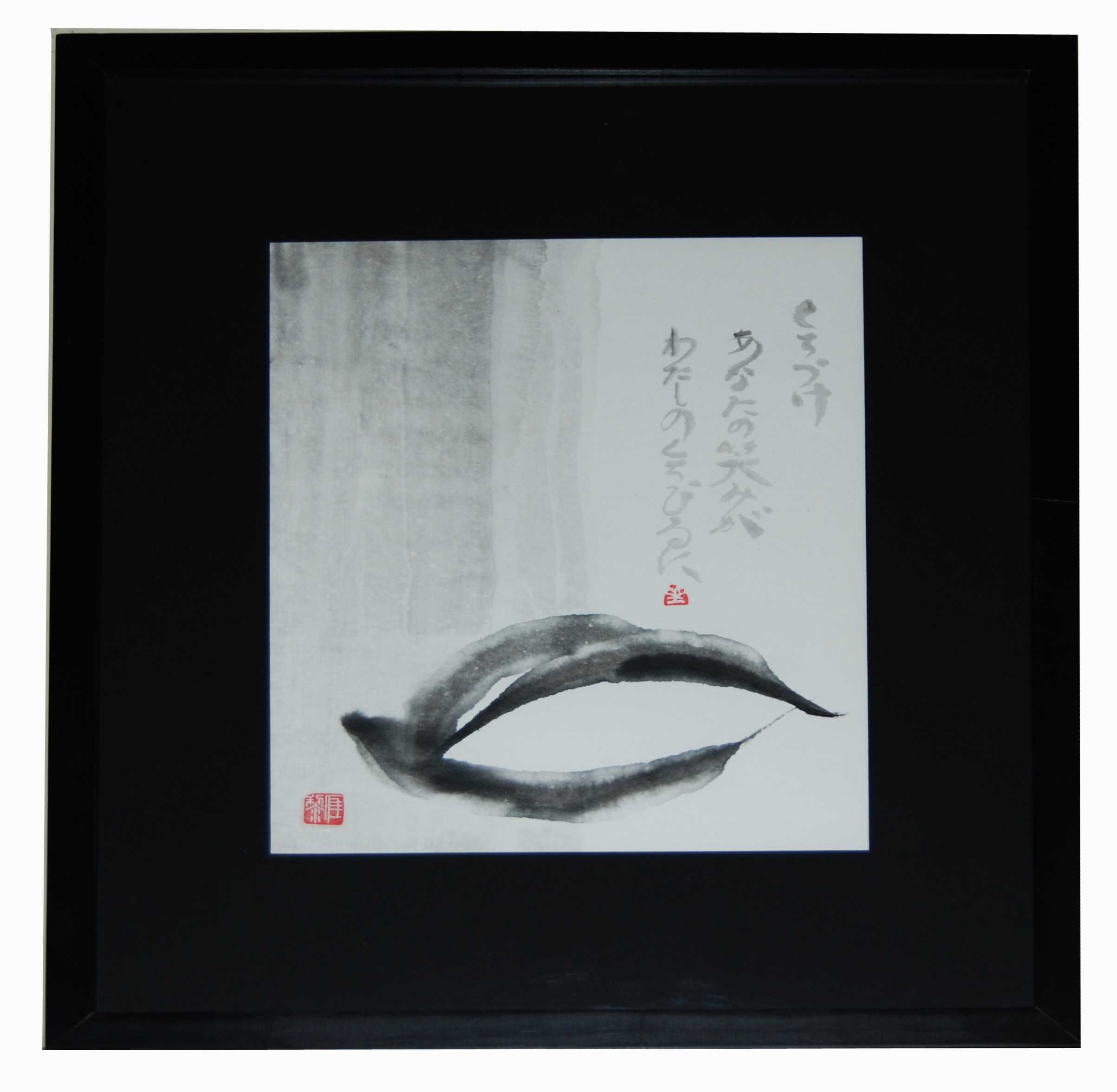"Breath to Breath"
Steve Addiss | Ellen Peckham | Lidia Rozmus
Steve Addiss
Stephen Addiss, a scholar-artist-poet, is Professor Emeritus at the University of Richmond. His own haiku as well as translations from the Japanese have appeared in many magazines, journals, and books, and his calligraphy and paintings, including haiga, have been exhibited in China, Japan, Taiwan, Singapore, Korea, England, France, Germany, Austria, and many American venues. He was managing editor of South by Southeast: Haiku and Haiku Arts Journal for ten years, and his books include A Haiku Menagerie, The Art of Zen, Haiga: Haiku-Painting, Haiku People, A Haiku Garden, Haiku Humor, Haiku Landscapes, How to Look at Japanese Art, Zen Sourcebook, 77 Dances: Japanese Calligraphy, Zen Art Box; The Art of Chinese Calligraphy, Haiku: An Anthology of Japanese Poems, Three Three Three, and The Art of Haiku.
Ellen Peckham
When I was young we were taught that the artist should concentrate on one medium: oil, sculpture, pastel, etc. and certainly not presume to communicate in more than one voice. I remember being fascinated by Van Gogh's letters, Blake's prints with his poetry and the work of other multi-faceted geniuses. But, listening to my masters, I accounted these flukes beyond the normal range of living mortals, certainly of a female. So when, bit by bit, I became aware of the multiplicity of expression by artists of both genders I broke from my cultural limits.
I use various voices alone or layered. The words are included in the visual art as subject, as gloss, as decoration. The images from etchings are printed on collages of elements; freighted threads I weave with whatever I have that excite me.
Lidia Rozmus
The artistic traces I leave - my sumi-e
They are the records of my existence and the processes of my energy.
They are my sign language in which only the essence of form needs to be expressed, and "a brush stroke gesture" is quicker than thought.
So they are non-intellectual, intuitive shapes, hopefully capturing the spirit, rather than the semblance of the subject matter, and in that abstract format, I communicate my truth and feelings to the real world of the people who look at these "signs".
During my Japanese travels I learned the culture and arts and befriended artists, calligraphers and poets. All those experiences enriched greatly my understanding of "the spirit" that "lives" in
sumi-e. I was fortunate to study sumi-e with great teachers and artists, Madeleine Stanley-Jossem, Qigu Jiang and Shozo Sato.



